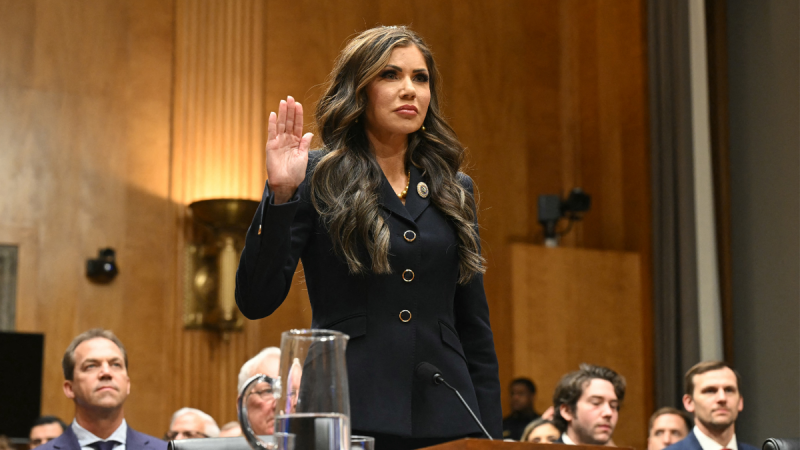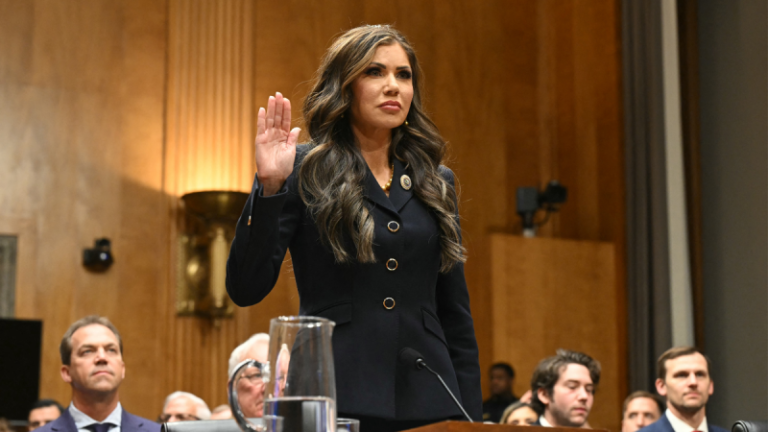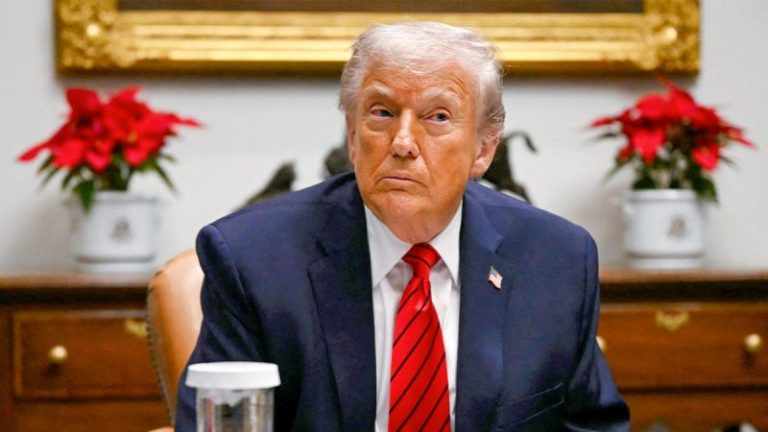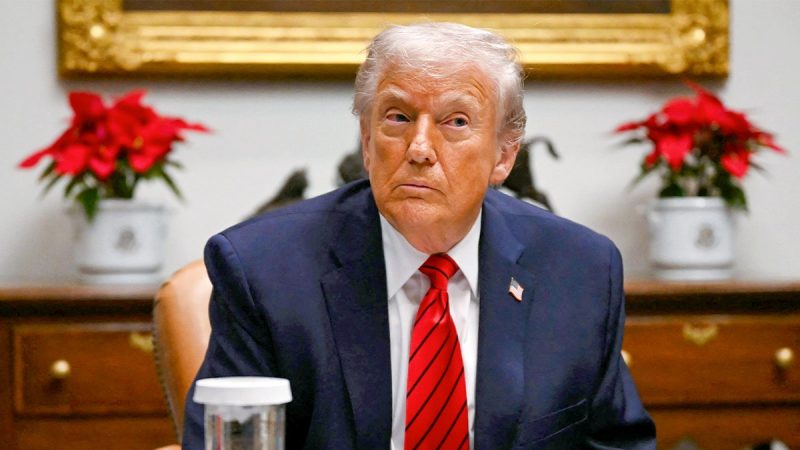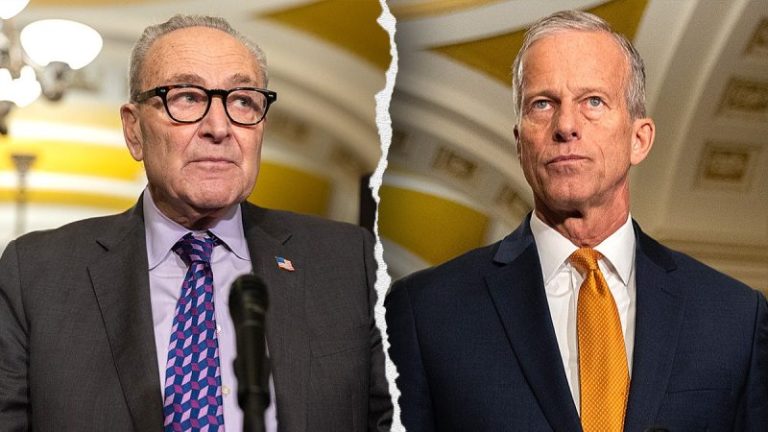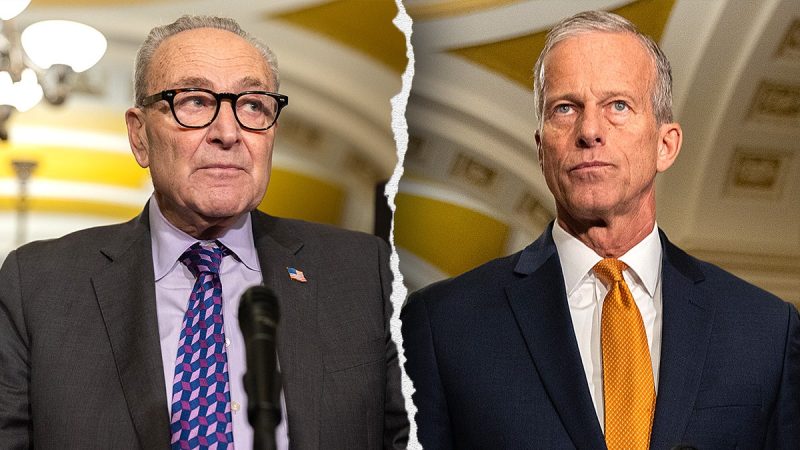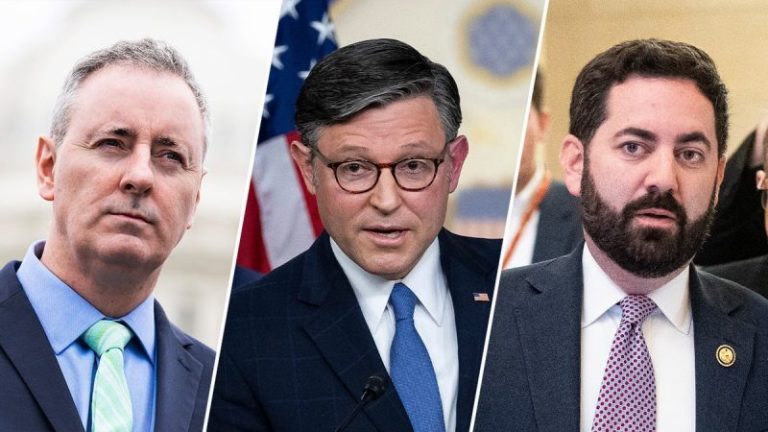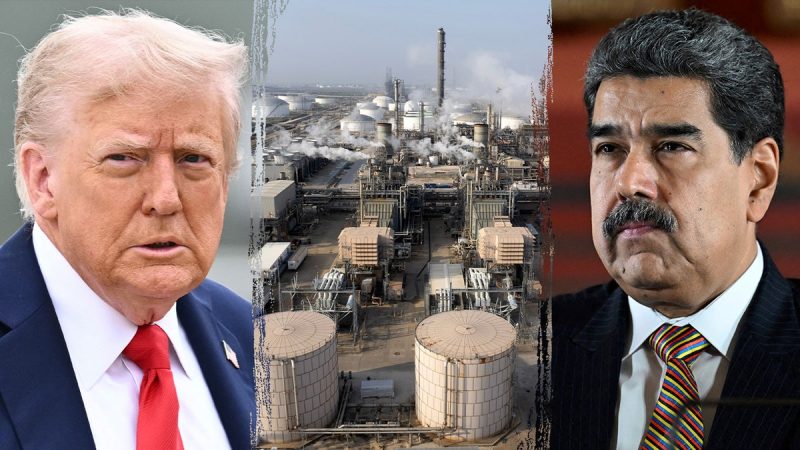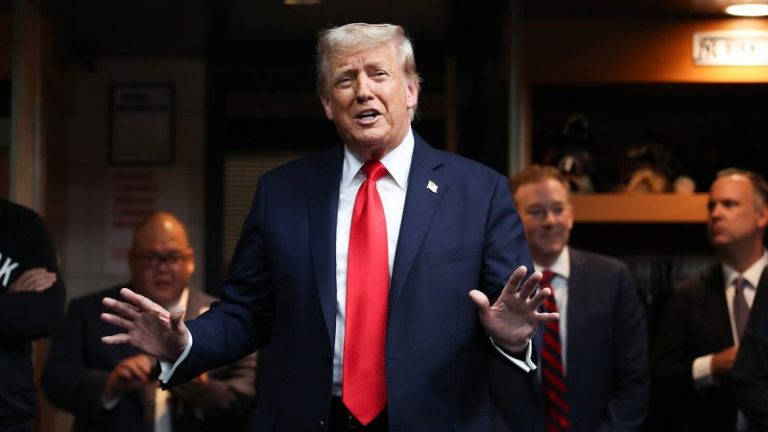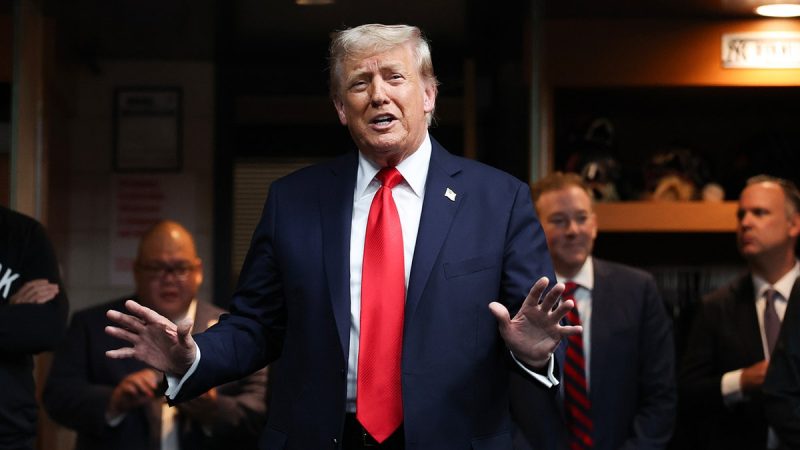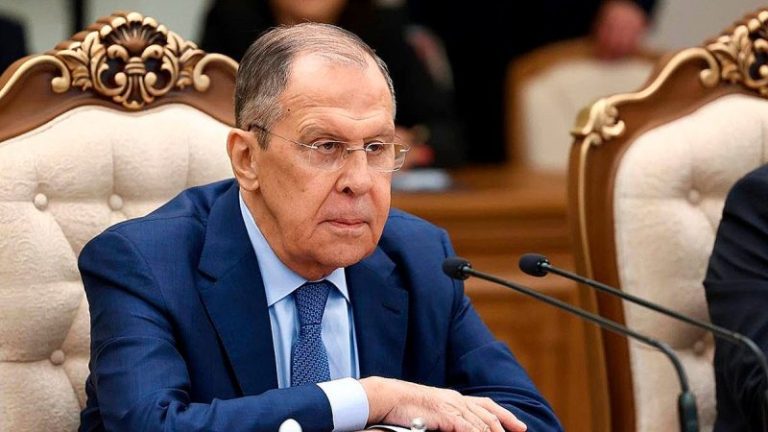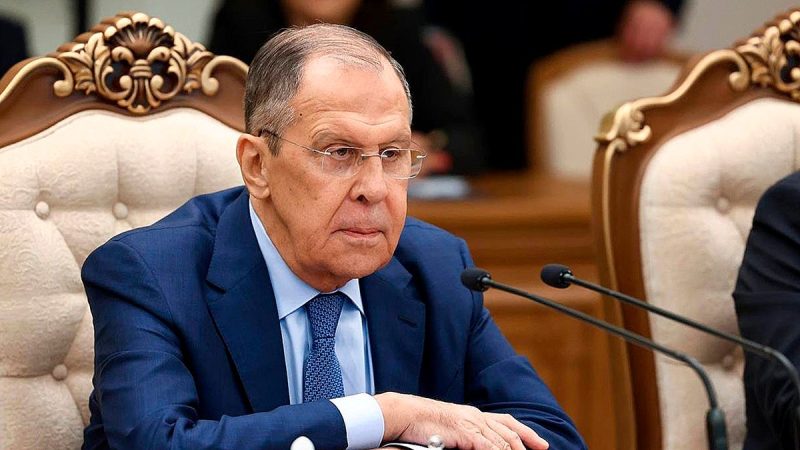
A group of moderate Republicans is defying House GOP leaders to try and force a vote on extending enhanced Obamacare subsidies that expire at the end of this year.
Republicans led by Rep. Brian Fitzpatrick, R-Pa., on Wednesday filed a measure known as a discharge petition, a mechanism designed to force a vote on legislation over the wishes of leadership, provided it gets support from a majority of House lawmakers.
A dramatic series of events unfolded on the House floor as House GOP leaders worked to win support for an unrelated vote that first appeared poised to fail.
While a group of conservatives threatened to mutiny Republicans on that vote for separate reasons, several moderates also appeared to withhold their votes altogether, and Fox News Digital witnessed them in tense discussions with Speaker Mike Johnson, R-La., and other GOP leaders.
Those moderates eventually voted in favor of passing the legislation at hand before marching to the front of the House chamber to file their discharge petition. They lined up one by one to sign the document that would move their healthcare agenda full steam ahead despite Johnson signaling little appetite to entertain it.
So far, the petition has support from six House Republicans and two Democrats but is expected to grow in numbers as the clock ticks on the looming healthcare cost cliff awaiting millions across the country.
‘We know we need a temporary extension of the tax credits — with reforms — and then we can do more serious things, but we’re not gonna do serious changes to the [Affordable Care Act] in the next two or three weeks,’ Rep. Don Bacon, R-Neb., one of the signatories, told Fox News Digital. ‘So, we just felt like, since there doesn’t seem to be any impetus to do this, we’re gonna try to force the issue.’
Asked if he believed they would get House GOP leaders’ blessing, Bacon said, ‘Probably not.’
Fitzpatrick’s bill is aimed at advancing a two-year extension of Obamacare subsidies that Democrats expanded during the COVID-19 pandemic.
Democrats in Congress voted twice during the pandemic to expand the availability of premium tax credits for Obamacare, also called the Affordable Care Act (ACA), to make sure more Americans had access to healthcare coverage.
A majority of House Republicans have signaled they are not open to extending them, at least not without significant reforms. Conservatives in particular have panned the enhanced subsidies as a COVID-19-era relic that benefited insurance companies rather than Americans.
But some GOP lawmakers have joined Democrats in warning that failing to extend them at least temporarily at this point will result in millions of Americans seeing their healthcare premiums skyrocket while Congress refuses to act.
Rep. Ryan Mackenzie, R-Pa., another Republican who signed the petition, said House GOP leaders signaled they would be ‘putting forward’ a number of healthcare reforms ‘that are very positive in nature,’ but ‘an extension of the ACA tax credits was not included in that package.’
‘So, we have been talking about and advocating for that to move forward, and so this seems like the best vehicle to do that,’ Mackenzie said.
He told Fox News Digital, ‘The reason we’re in this mess to begin with is that things were done in a partisan fashion. And, so, I think if we want longevity and reforms and changes, we should be doing it in a bipartisan fashion.
‘It’s a time-sensitive matter, and it’s an existential matter for people back home who we care about where this is a very real problem,’ Fitzpatrick told reporters. ‘You try to do things through the normal course, you try to do things through regular order. When all those remedies are exhausted, then you’ve got to go this route, unfortunately.’
Asked if it was spurred at all by moderates’ conversation on the House floor with Johnson, Rep. Mike Lawler, R-N.Y., said, ‘It was clear that, given the timeframe and given some of the differences within our conference on particular issues, that a bill was not going to be put forward. And so I think we all recognize the importance of getting an extension passed.’
But it’s not clear whether House Democratic leaders, who have their own discharge petition for a three-year extension of the Obamacare subsidies, will support the bill. It likely will not succeed without buy-in from all House Democrats.
Asked if his leaders would back it, Rep. Jared Golden, D-Maine, said, ‘Go ask them. But I think they ought to.’
Johnson, for his part, told reporters discharge petitions were ‘typically used as a tool against the majority’ but said he was ‘very sympathetic’ to moderate Republicans’ concerns.
‘We have spent many, many hours trying to find a way out of the conundrum that we’re in. With regard to those extensions, there’s a lot of people who are very concerned about Obamacare and the fact that the subsidies were created by Democrats for COVID-era limited use,’ Johnson said.
‘We just can’t get Republican votes on that for lots of reasons, not enough of them. And, so, look, my colleagues have made a decision. I don’t take it against them personally, I don’t operate that way. I have great respect for those guys, I understand the situation they’re in for their districts, and we’ll see how it plays out.’
This post appeared first on FOX NEWS
